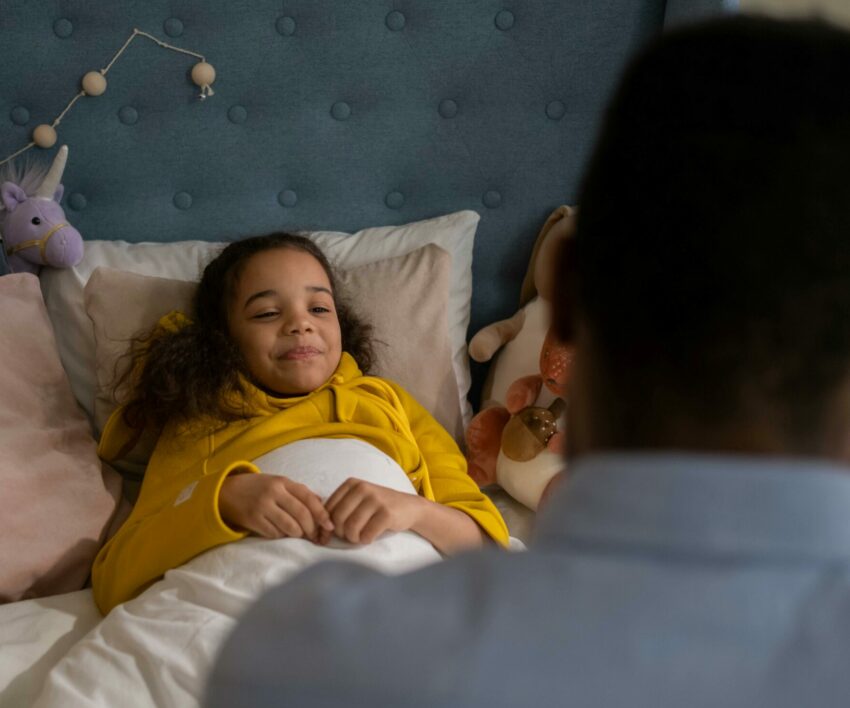
Children living with Autism Spectrum Disorder (ASD) are expectedly different from others, how they develop socially, mentally and emotionally is completely different from a normal child, therefore their upbringing needs to be accommodative of their uniqueness.
You will realise that people with autism function well with routines, everything they do as their day-to-day activities need to be scheduled and they follow those routines to the dot, even with the smallest things. Teach your kids data science.
According to research and my experience, I know that autistic children often struggle with falling asleep, and some have problems remaining asleep. The Living Autism publication states that in 1999, physiologist Amanda Richdale found that 44-83% of children on the autism spectrum face sleep challenges, including difficulty falling asleep, frequent nighttime wakings, insomnia, sleep apnea, bedtime resistance, and parasomnias.
Here are a few tips you can implement for your autistic child to get a good night’s sleep, these are suggested by health professionals:
Create a calm environment: The Autism Parenting Magazine suggests that you use soft lighting in the evening and bedroom to create a calm atmosphere and that this helps in melatonin production. “It can also set the tone for bedtime and help create a smoother transition for our children. These visual changes in lighting can help indicate it’s bedtime, which can be extremely beneficial for autistic children’s processing and understanding.”
Use sensory instruments: According to the publication above, sensory needs for children on the autism spectrum vary, so it’s important to observe their responses to their bedding, PJs, and bedroom layout. “Sometimes, it can be a small change that has a big effect. One thing to check is if the child likes the way they are facing in bed. I have often worked with families who found that simply moving the position of the pillows solved some of the bedtime issues.” The magazine mentions that some sensory tools include white noise, weighted blankets, and soft toys. White noise creates a predictable and reliable sound throughout the night, while weighted blankets provide a sense of security. Soft toys can also be a great substitute for co-sleeping.
Practice relaxing activities: Bedtime anxiety in children can lead to nightmares and separation anxiety, according to Ameri Sleep. This source then advises that for your child with autism, you incorporate relaxation exercises like deep inhalation, muscle relaxation, hot baths, gentle music, and stories.
Reduce stimulations: Autism Parenting Magazine mentions that to ensure a smooth bedtime routine, reduce stimuli before bedtime. “Depending on your child, keep a record of what tends to overstimulate them and avoid this before the bedtime routine starts. We often are told to have a bath or shower before bed. For many autistic children, this actually overstimulates them and keeps them awake for longer.” It is then stated that as a parent you keep a record of what tends to overstimulate them and avoid them before bedtime.




